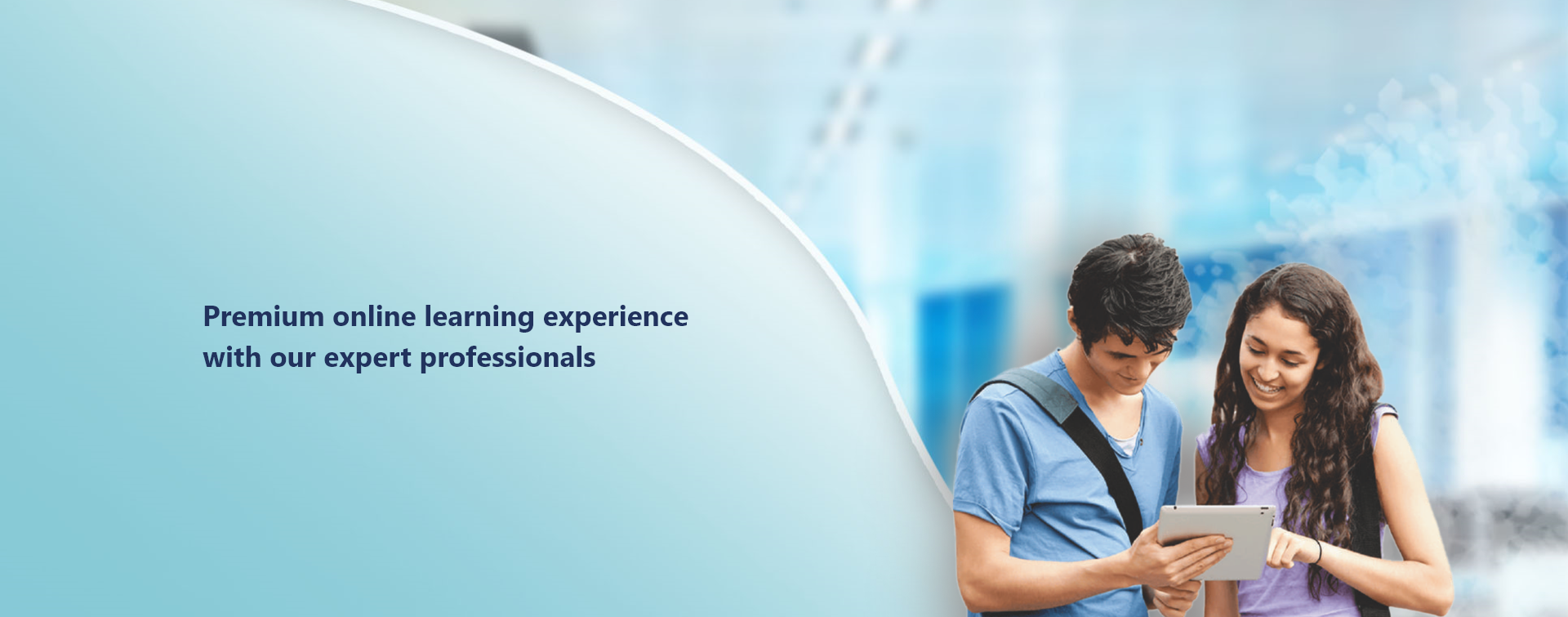Introduction to Business,Grade 9th,Open (BBI1O)


-
Name:Introduction to Business,Grade 9th,Open (BBI1O)
-
Grade:Grade 9th
-
Prereq:None
-
Code:BBI1O
-
Type:Open
-
Credit Value:1
-
Develop Date:2021-05-01
-
Course Price:CAD $1300
-
Status:Active
Course Description:
This course introduces students to the world of business. Students will develop an understanding of the functions of business, including accounting, marketing, information and communication technology, human resources, production, and of the importance of ethics and social responsibility. This course builds a foundation for further studies in business and helps students develop the business knowledge and skills they will need in their everyday lives.
Aims and Objectives:
- Demonstrate an understanding of how businesses respond to needs, wants, supply, and demand.
- Compare types of businesses.
- Demonstrate an understanding of ethics and social responsibility in business.
- Demonstrate an understanding of the benefits and challenges for Canada in the field of international business.
- Explain the role of production in business.
- Explain the role of human resources in business.
- Demonstrate an understanding of sound management practices in business.
- Demonstrate an understanding of the importance and role of marketing in business.
- Demonstrate an understanding of the importance and role of accounting in business.
- Demonstrate an understanding of the importance and role of information and communication technology in business.
Expectations:
- Role and impact of business
By the end of this course students will be able to:
- Explain fundamentals of business (strategy, structure, business process etc.
- Demonstrate an understanding of fundamental characteristics of business.
- Demonstrate an understanding of fundamental elements of business.
- Entrepreneurship and human services
By the end of this lesson students will:
- Explain what are entrepreneurs and entrepreneurship.
- Explain importance and types of hormones.
- Demonstrate an understanding of the importance of entrepreneurial process.
- Demonstrate an understanding of human resource management.
- Environments and their effects on business
By the end of this lesson students will
- Demonstrate an understanding of the effects of competitive environment on business.
- Demonstrate an understanding of effects of technological environment on business.
- Demonstrate an understanding of effects of social environment on business.
- Analyze the effects of political factors on society.
- Personal Finance
By the end of this lesson students will be able to:
- Demonstrate an understanding of finance, planning process, activities of consumer etc.
- Demonstrate an understanding of using the qualities that make your products and services attractive to your targeted audience.
- Analyse marketing planning, channel management, promotion, selling etc.
- Explain the relationship of employee and employer relationship.
Unit-wise Progression:
|
Unit
|
Title and Subtopics |
|
Unit 1 |
Role and impact of business
- Hours: 25 |
|
Unit 2 |
Entrepreneurship and human resource management
- Hours :25 |
|
Mid-Term - Hours: 2 |
|
|
Unit 3 |
Environment and their effects on business
- Hours: 25 |
|
Unit 4 |
Personal Finance
- Hours: 25 |
|
Culminating Activity – 6 Hours |
|
|
Final Term – 2 Hours |
|
|
Total – Hours 110 |
|
Teaching/Learning Methodologies:
This course scaffolds learning by providing students with opportunities to review and activate prior knowledge (e.g. reviewing concepts related to domain of business and accounting), and build off of this knowledge to acquire new skills. The course guides students toward recognizing opportunities to apply knowledge they have gained and try to apply them in daily life for better understanding. This course connects the concepts taught to real-world situation like running businesses currently in the market. Through the use of real time modeling, the course represents various ways to demonstrate understanding, poses questions that require students to use different depictions as they are working at each level of conceptual development and allows individual students the time they need to solidify their understanding at each conceptual stage. Through the use of interactive activities (e.g. multiple choice quizzes and drag-and-drop activities) students receive instantaneous feedback and are able to self- assess their understanding of concepts. A few of the things students will be provided are the following:
- Lesson plans
- PowerPoint presentations
- Videos
- Reading Packs
- Assignment for Learning
- Assessment of Learning
- Quiz
All of these are a cluster of downloadable and embedded files that will be provided to each candidate with the progression of the course.
E-Learning Approach:
E-learning is not only a training method but it is a learning method that is tailored to individuals. It is found that different terminologies have been used to define learning that takes place online which actually makes difficult to develop a generic definition.
E-learning includes the delivery of content via Internet, Intranet, and Extranet, satellite broadcast, audio-video tape, interactive TV and CD-ROM. The term implies that the learner is at a distance from the tutor or instructor, that the learner uses some form of technology.
With attention to this new system of education that is spreading across the globe its imperative that the content of such study programs are enhanced and modified to serve both the learner and the instructor well whilst dealing with the gap of conventional studying methodologies. Thus the courses promise its reader an experience full of engagement, student-concentric approach, personalization and Interaction. Using a wide array of multimedia tools, cloud based LMS and diverse repository of subject tailored audio-visual material that student can utilize and learn in a stimulated work environment where he’s in charge of his work hours.
Our e-learners paddle through these courses in the mediation of skilled mentors to the finish line with understanding of their subject’s application into real world problems following a futuristic model of education.
Strategies for Assessment and Evaluation of Student Performance:
Assessment is the ongoing gathering of information related to the individual student’s progress in achieving the curriculum expectations of the course. To guide the student to his/her optimum level of achievement, the teacher provides consistent and detailed feedback and guidance leading to improvement. Strategies may include:
- Diagnostic assessment
- Formative assessment
- Summative assessment
- Performance assessment
- Portfolio assessment
- Rubrics
- Checklists
The final grade will be based on:
|
Weightage in Percentage
|
Categorical Marking Breakdown |
|
40% |
Course Work |
|
20% |
Mid Term |
|
10% |
Culminating Activity |
|
30% |
Final Exam |
|
Assessment of Learning
|
||
|
Student Product |
Observation |
Conversation |
|
Learning Logs (anecdotal) Assignment Pre-tests (scale/rubric) Quizzes (scale/rubric) Rough drafts (rubric) Graphic organizers (scale) Peer feedback (anecdotal/checklist) Reports (rubric) Essays (rubric) Webbing/Mapping (rubric/scale) Vocabulary notebooks (anecdotal) Visual Thinking Networks (rubric) Tests (scale/rubric) Exams
|
Self-proofreading (checklist) Class discussions (anecdotal) Debate (rubric) PowerPoint presentations (rubric) Performance tasks (anecdotal/scale)
|
Student teacher conferences (checklist) Debate (rubric) Peer-feedback (anecdotal) Peer-editing (anecdotal) Oral pre-tests (scale/rubric) Oral quizzes (scale/rubric) Oral tests (scale/rubric) Question and Answer Session (checklist)
|
Resources Required by the Student:
- Microsoft Suite (Word, Excel, Power-point etc.)
- A laptop, or Mac, or Android, or any other operating system functional enough to use the web browser and use online software’s.
- Curriculum Reference: The Ontario Curriculum, Business







